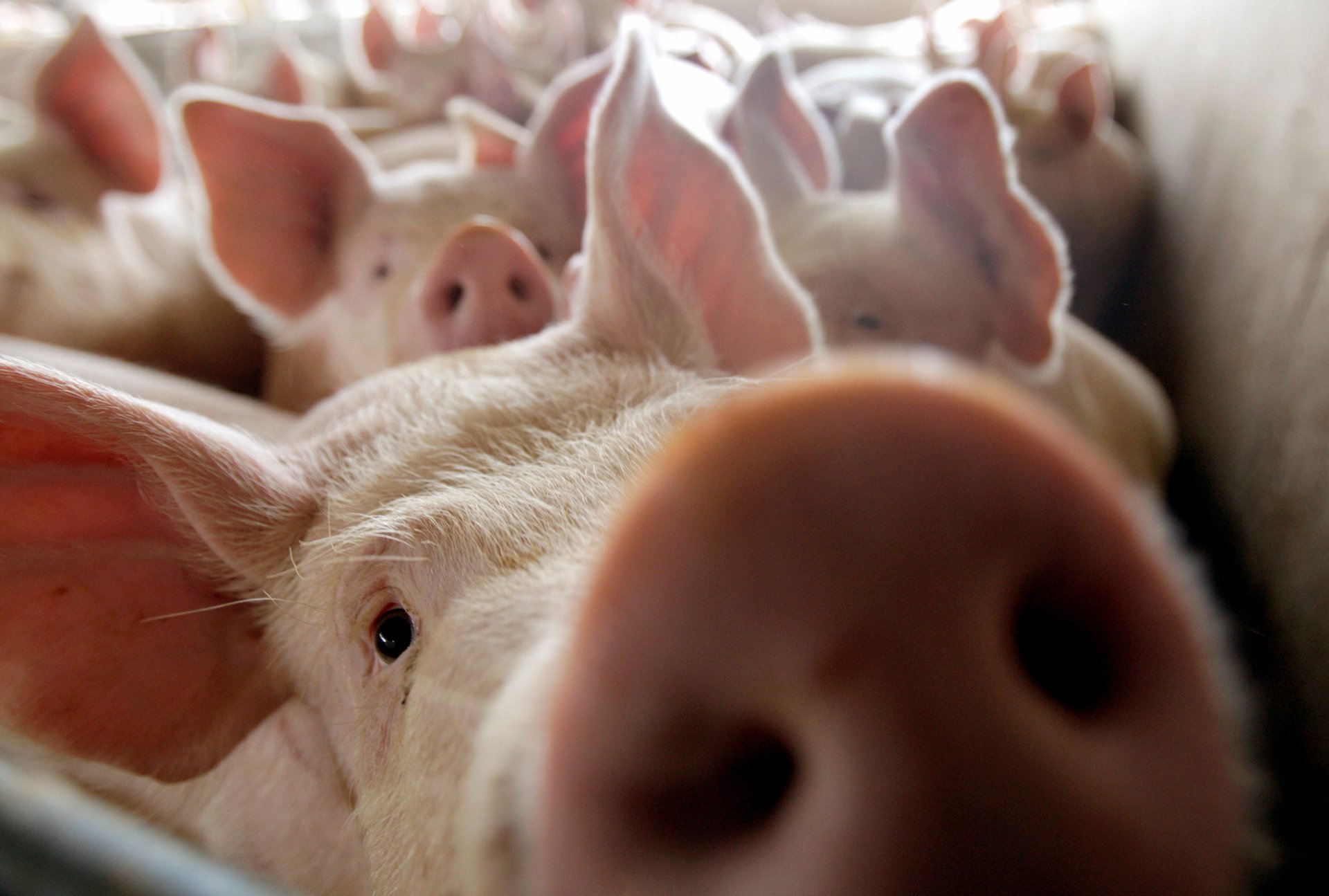China’s strategic pork reserve and the looming aporkalypse
It’s not quite Aporkalypse, now.

It’s not quite Aporkalypse, now.
But maybe next year. For now the problem for farmers is an avalanche of pork — Mmmm. — on the market.
The National Pig Association in the UK is sounding an alarm about the shrinking size of sow herds across the EU. Likewise, US herd sizes are set to shrink as farmers have ramped up slaughtering. The reason? The cost for the maize and soy needed to fatten oinkers has surged due to drought. The uptick in slaughter has sent US pork prices sharply lower in recent months. But it has also set the stage for a rebound in prices next year. US per-capita pork supply — what a great statistic — is set this year to be its lowest since 1975.
Pork prices are a serious matter in China, where the cost of the protein is an important driver of consumer inflation. And consumer inflation is closely watched by authorities eager to maintain social stability and food security. So much so that the Chinese government maintains a strategic pork reserve. Yes, seriously.
Something akin to the US government’s strategic petroleum reserve, the Chinese government can sell some of its reserves if prices get too high, or buy pork if the prices get low enough that it could dissuade farmers from producing. In August, China started buying more pork to shore up prices, but analysts aren’t holding their breath on a rebound in prices any time soon.
At any rate, the global bacon shortage doesn’t really exist. At least not right now. But consumers could get clobbered next year by the cost of a club sandwich.